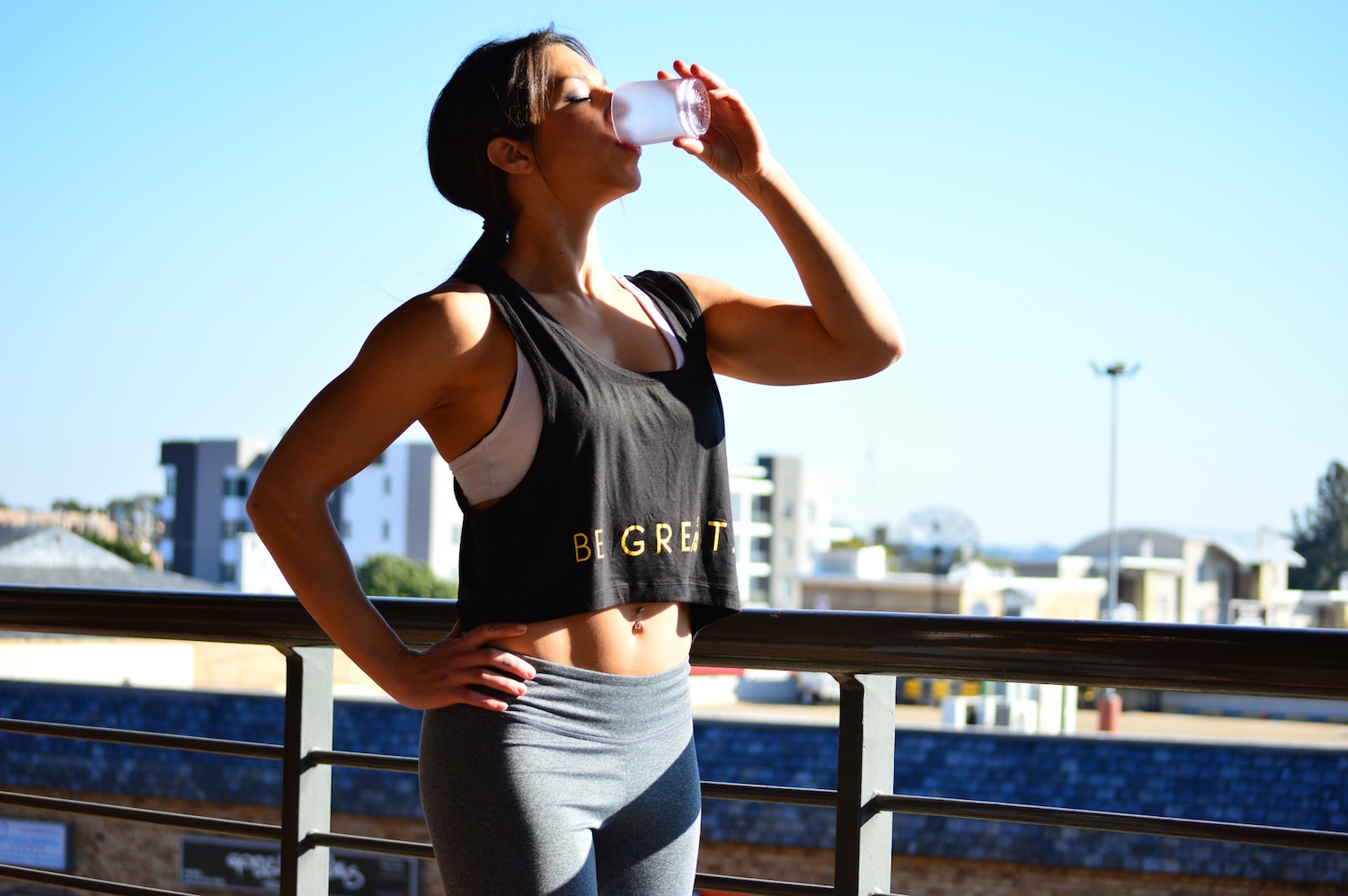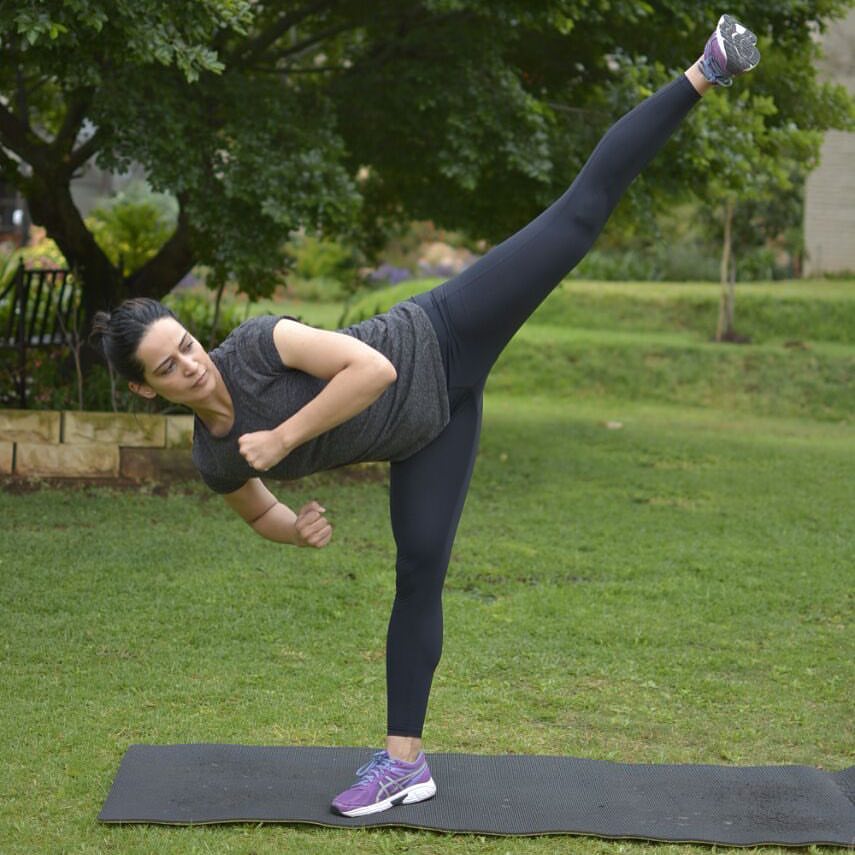Muscle soreness can be an inevitable part of any fitness routine, but there are effective ways to speed up recovery and get back to feeling your best. A solid recovery routine can help you bounce back faster, reduce discomfort, and even improve your overall performance for future workouts. With the right strategies, you can minimize downtime and stay consistent with your fitness goals. Below, we’ll explore the most effective ways to ease muscle soreness and keep your body in top shape.
Low-Intensity Exercise
Although it may seem counterintuitive, engaging in active recovery workouts is one of the most effective ways to reduce muscle soreness. These workouts include low-intensity activities like yoga, light jogging, or cycling, which help increase blood flow.
This boosts oxygen and nutrient delivery to your sore muscles, speeding up the healing process. Staying lightly active also prevents stiffness, keeping you more comfortable throughout the day.
Proper Hydration
Another important aspect of post-workout recovery is proper hydration. When you push your body during a workout, you lose fluids through sweat, dehydrating your muscles. Proper hydration can flush out toxins that may contribute to muscle soreness and reduce the buildup of lactic acid in your system. Aim to drink water consistently throughout the day and consider incorporating electrolyte-rich beverages after particularly intense exercise.
Massage Therapy
Massage therapy can help relieve tension, improve circulation, and aid in muscle recovery, making it an essential tool for faster healing and improved physical performance. Sports massages, often performed by professionals, are tailored to target specific muscle groups, ideal for athletes recovering from intense workouts or injuries.
On the other hand, at-home techniques, like using foam rollers, massage balls, or massage guns, provide convenience and affordability. With consistency, massage therapy can promote faster recovery and improve overall muscle performance.
Post-Workout Saunas
Heat therapy can feel amazing after a challenging workout, and saunas are a powerful recovery tool. Infrared saunas, which use light to generate heat, are becoming increasingly popular for their unique benefits.
The benefits of infrared saunas include better circulation, pain relief, and muscle relaxation by using heat to penetrate deep into tissues and remove waste like lactic acid. Time spent in a sauna can also boost your overall sense of relaxation, helping you mentally recover from an intense training session.
Proper Night’s Rest
Sleep is your body’s natural way of healing, making it critical for muscle recovery. When you sleep, your body produces growth hormones that repair damaged tissues and strengthen your muscles. Aim for at least seven to nine hours of quality sleep per night and try to establish a consistent bedtime routine.
Reducing screen time before bed and creating a cool, dark sleeping environment can help improve the quality of your rest. The better you sleep, the more prepared your body will be for whatever athletic challenges lie ahead.
Muscle soreness doesn’t have to sideline your progress on your fitness journey. By prioritizing these recovery techniques, you can reduce pain, build resilience, and prepare your body for your next workout. Start taking care of your post-workout recovery and feel the difference it makes in your fitness routine. Try incorporating one or more of these methods today to enhance your recovery and keep your workouts consistent.























